Kings
Kings
-
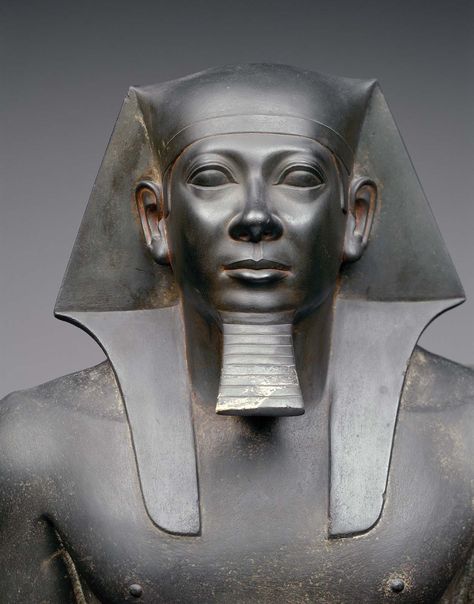
Menkaure
He is an Egyptian king from the Fourth Dynasty during the Old Kingdom.....
More Information
The son of King Khafre, king of Egypt. His name means: "Let his fists remain like Ra." He married Princess Khamarrenbti II. A flint knife was found in the mortuary temple of Menkaurea, with the name of the king's mother engraved on it. She was called Khamarrnabti the First, indicating that Khafre and this queen are the parents of Menkaurea. It is believed that Menkaure had two wives.
-
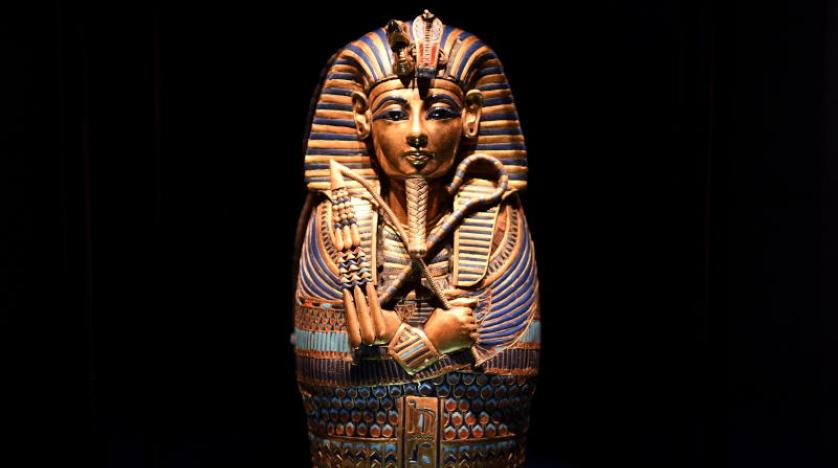
Tutankhamun
Tutankhamun is one of the pharaohs of the Eighteenth Egyptian Dynasty in the history...
More Information
the history of ancient Egypt, and he was the pharaoh of Egypt from 1334 BC to 1325 BC. Tutankhamun is considered one of the most famous pharaohs for reasons not related to the achievements he achieved or the wars he won, as is the case with many of the pharaohs.
-
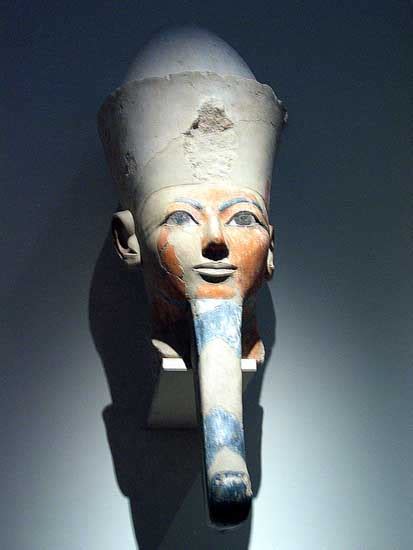
Thutmose
Considered the greatest ruler of Egypt in history...
More Information
Thutmose III is considered the greatest ruler of Egypt and one of the most powerful emperors in history, as he established a modern Egyptian empire at that time. That empire remained until about 1070 BC until the reign of Ramses XI. Thutmose III had superhuman traits and an unparalleled military genius. Thutmose trained on the battlefields of Luxor. These exercises earned him a hardness of character and great military experience at the time when Hatshepsut was ruling.
-
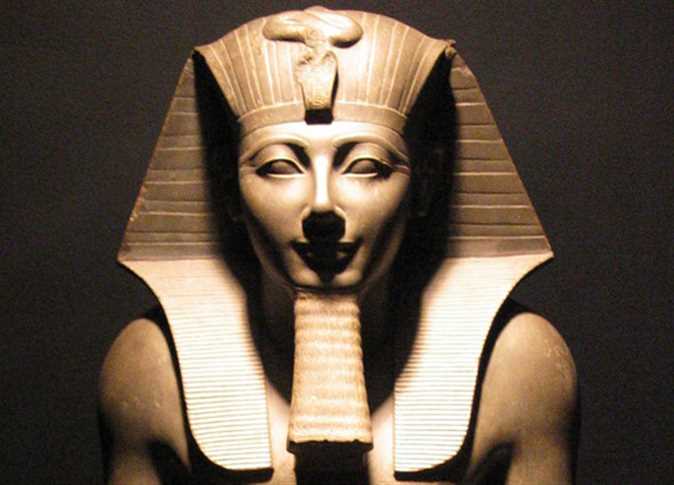
Hatshepsut
Hatshepsut is an ancient Egyptian ruling queen ...
More Information
the fifth in the line of kings of the eighteenth dynasty, she ruled after the death of her husband, King Tuthmosis II, as a guardian of the young king Thutmose III at first and then as a queen and daughter of the god Amun after she published a story she inscribed in her temple in Deir el-Bahari saying that she was As a result of an intimate meeting between Amun and her mother, Queen Ahmose, Manetho confuses her arrangement and places her after Amenhotep I in the middle of the Eighteenth Dynasty.
-
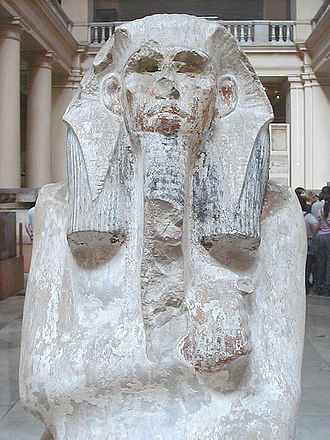
Djoser
He was an ancient Egyptian pharaoh of the Third Dynasty during the Old Kingdom...
More Information
the Old Kingdom and the founder of this dynasty. He was the son of King Khasekhemwy and Queen Nemathab, but it remains unclear whether he was the direct heir to the throne. Most lists of King Ramses II place the name of King Nebeka before him in chronological order, but since there are still difficulties in associating the name of Nebeka with the contemporary names of Horus, some Egyptologists are still skeptical about the chronology of the kings of the Third Dynasty.
-
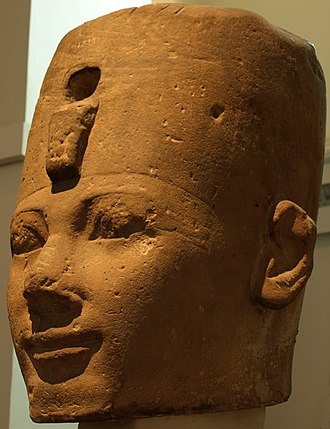
Thutmose
Thutmose I, the third pharaoh during the eighteenth dynasty...
More Information
He ascended the throne when he was over forty years old after the death of Pharaoh Amenhotep I. During his reign, he was campaigning deep into the Levant and Nubia, pushing Egypt's borders further than ever before. He also built many temples in Egypt and built himself a tomb in the Valley of the Kings. He was the first to decide not to be buried in a pyramid or something like that.
-
Ramses II
He was the third pharaoh of the nineteenth dynasty...
More Information
He is seen as the most famous and most powerful pharaoh throughout the era of the Egyptian Empire. His successors and subsequent rulers called him the greatest grandfather. Ramses II led several military campaigns to the Levant and restored Egyptian control over Canaan. He also led campaigns south to Nubia, where two of his sons went with him, as noted inscribed on the walls of the temple of Beit al-Wali.
-
Menkaure
He is an Egyptian king from the Fourth Dynasty during the Old Kingdom. The son of King Khafre, king of Egypt. His name means: "Let his fists remain like Ra." He married Princess Khamarrenbti II. A flint knife was found in the mortuary temple of Menkaurea, with the name of the king's mother engraved on it. She was called Khamarrnabti the First, indicating that Khafre and this queen are the parents of Menkaurea. It is believed that Menkaure had two wives.
-
Tutankhamun
Tutankhamun is one of the pharaohs of the Eighteenth Egyptian Dynasty in the history of ancient Egypt, and he was the pharaoh of Egypt from 1334 BC to 1325 BC. Tutankhamun is considered one of the most famous pharaohs for reasons not related to the achievements he achieved or the wars he won, as is the case with many of the pharaohs.
-
Thutmose
Thutmose III is considered the greatest ruler of Egypt and one of the most powerful emperors in history, as he established a modern Egyptian empire at that time. That empire remained until about 1070 BC until the reign of Ramses XI. Thutmose III had superhuman traits and an unparalleled military genius. Thutmose trained on the battlefields of Luxor. These exercises earned him a hardness of character and great military experience at the time when Hatshepsut was ruling.
-
Hatshepsut
Hatshepsut is an ancient Egyptian ruling queen, the fifth in the line of kings of the eighteenth dynasty, she ruled after the death of her husband, King Tuthmosis II, as a guardian of the young king Thutmose III at first and then as a queen and daughter of the god Amun after she published a story she inscribed in her temple in Deir el-Bahari saying that she was As a result of an intimate meeting between Amun and her mother, Queen Ahmose, Manetho confuses her arrangement and places her after Amenhotep I in the middle of the Eighteenth Dynasty.
-
Djoser
He was an ancient Egyptian pharaoh of the Third Dynasty during the Old Kingdom and the founder of this dynasty. He was the son of King Khasekhemwy and Queen Nemathab, but it remains unclear whether he was the direct heir to the throne. Most lists of King Ramses II place the name of King Nebeka before him in chronological order, but since there are still difficulties in associating the name of Nebeka with the contemporary names of Horus, some Egyptologists are still skeptical about the chronology of the kings of the Third Dynasty.
-
Thutmose
Thutmose I or Thutmose I, the third pharaoh during the Eighteenth Dynasty. He ascended the throne when he was over forty years old after the death of Pharaoh Amenhotep I. During his reign, he was campaigning deep into the Levant and Nubia, pushing Egypt's borders further than ever before. He also built many temples in Egypt and built himself a tomb in the Valley of the Kings. He was the first to decide not to be buried in a pyramid or something like that.
-
Ramses II
He is seen as the most famous and most powerful pharaoh throughout the era of the Egyptian Empire. His successors and subsequent rulers called him the greatest grandfather. Ramses II led several military campaigns to the Levant and restored Egyptian control over Canaan. He also led campaigns south to Nubia, where two of his sons went with him, as noted inscribed on the walls of the temple of Beit al-Wali.